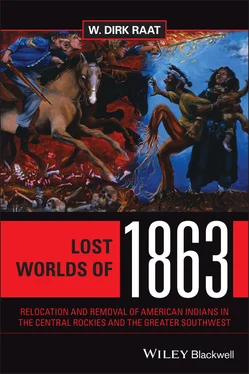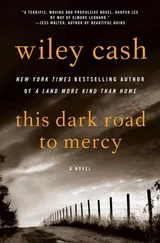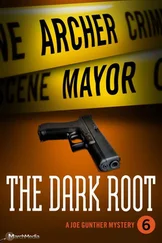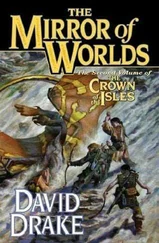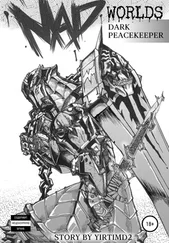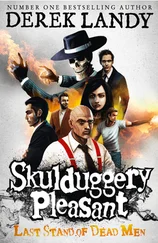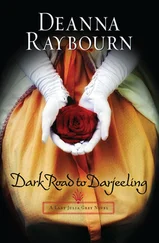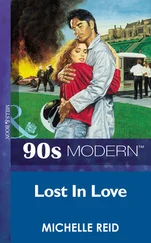382 348
383 349
384 350
385 351
386 352
387 353
388 354
389 355
390 356
391 357
392 358
393 359
394 360
395 361
396 362
397 363
398 364
399 365
400 366
Uprooting of a Dine’ Family (Steven Yazzie) Front Cover
1.1Portrait of a Sioux Chief, Little Crow (1824)
2.1Chief Winnemucca (or Old Winnemucca), ca. 1870
2.2Sarah Winnemucca (Thocmetony)
2.3The Winnemucca Family
2.5Wovoka
2.6Before and After
2.7Unmarked graves of Winnemucca sisters?
4.1Navajo Cosmogram
4.2The Long Walk (Elizabeth Manygoats)
4.3The Long Walk (Narciso Abeyta)
4.5Mrs. Crooked Neck and Old Man Mud’s Wife
5.1Ghan Dancer (Allan Houser)
6.2Memorial to Skeleton Cave victims and Carlos Montezuma
7.2Father Eusebio Francisco Kino
7.3O’odham woman making flour tortillas, Pitiquito (1894)
8.1Col. Patrick E. Connor
8.3Shoshone Women at Bear River
9.2Fear of a Red Planet: Deer Dancer (mural by Steven Yazzie)
10.2Navajo and Hopi Families, COVID-19 Relief Fund
10.3Gazer. (Oil Painting by Steven Yazzie)
0.1The Progression of Land Loss
0.2The Greater American Southwest: La Gran Chichimeca
0.3Indigenous Communities of the Geater Southwest
0.4Tribal Communities of the Northwestern and Central Greater Southwest
0.5Tribal Communities of the Southern Greater Southwest
2.4Route of Davidson Expedition (1859)
4.4Four Primary Routes of The Long Walk
5.2Map of Chiricahua Prisoners of War Relocations From Florida
6.1Yavapai Territory, ca. mid-nineteenth century
7.1Pimería Alta
8.2Route of the California Volunteers
8.4Massacre at Bear River
9.1Map of the henequen-wheat complex in North America
10.1Great North American Desert
Foreword
Remembering Relocation, Removal and Fear: The Mural and Beyond
In 1999 I received a grant through the Mid Atlantic Arts Foundation and the National Endowment for the Arts to participate in a yearlong project with the Heard Museum in Phoenix, Arizona. The project included six months of community outreach, research, and planning, and led up to a five month period of painting a site specific mural for the Heard Museum in the artist’s studio (book store.) The mural was designed in a non-traditional sense; it was to be painted on canvas and adhered to the gallery walls in the newly designed Ullman Learning Center, which would also house a new family-friendly exhibit called “We Are Arizona’s First People.” The main focus of the new gallery and exhibit was to celebrate the 22 federally recognized Native people of Arizona in 22 different kiosks, each arranged along a meandering path throughout the gallery, where small samples of indigenous culture could be seen, heard, and understood through hands-on activities.
The theme of the mural was initially designed to act as an extension of the gallery’s thematic focus of celebration and triumph. But as the design of the gallery was still being solidified, I was struggling with the potential outcomes of my own painting plans. I wanted to tell the real story of conflict and resolution, of fear and struggle, and the issues of identity, which haunted me in my personal work. With innocuous stories incased in those kiosks, I continued my research in the early stages of the project.
A large portion of my research involved travelling to each of the 22 Native Tribes and speaking with representatives of each Nation. I was continuously inspired by the compelling and unifying stories I heard travelling to these destinations on the road with the Heard Museum staff. Ongoing discussions with the Heard’s education department, primarily Joe Baker and Wendy Weston, proved essential in helping me focus on the late nineteenth century era to the present day.
Joe Baker’s influence on me and the mural cannot be overstated. His knowledge, guidance, and trust in me throughout the entire project were essential to the success of the piece. He helped me navigating my new museum experience at the Heard, protecting me from the politics of the institution and encouraged me to make a statement that resonated with me. I was mostly concerned with painting a truth about a history. A truth I had heard throughout my life, bequeathed to me through elders, cousins, uncles, and aunts, through the stories of our family. At the onset of painting the mural I was fully committed to telling it like it is, and like it was.
My own family’s stories of boarding school trauma and survival, and a more contemporary story of my grandmother’s experience (being removed permanently from her home in Cactus Valley, an area located in the central-eastern region of the Navajo Nation, on Black Mesa, Arizona), steeled my resolve. In my lifetime, that area has been contested space, reclaimed by the Hopi or lost by the Navajo. The recent relocation is known as the “Second Long Walk.”
It was stories like these and many others that inspired me to focus on what I knew and what I was culturally bound to reveal. “The Navajo Long Walk” is a primary section in the mural, exploring the uprooting of the Navajo people and the rise of Colonel Kit Carson, as a complex character in the frontier west, and the positioning of power and reservation policies in the region. He was ultimately responsible for the capturing, uprooting, and the imprisonment of many Navajos to Bosque Redondo, in New Mexico. Raat expands on this story in detail, covering the events, timelines, and tense relationships in the region that led to the aftermath in Lost Worlds of 1863: Relocation and Removal of American Indians in the Central Rockies and the Greater Southwest .
The question I had about telling the true stories was crystallized on an early site visit in 1999 to the Ullman Learning Center. Some of the issues I was grappling with at the time were: What rights and responsibilities do I have to paint stories that are not my own? What images and histories could best represent a reflection of the past that also distill the contemporary experience?
As construction began in the Ullman Learning Center, I visited with a Yaqui construction worker who was installing the giant timber beams that are now located near the center of the gallery. He was from the town of Guadalupe near Tempe, Arizona. He confirmed my own misconceptions of tribal identity having mistaken him for a Latino. He jokingly said, “Everyone thinks we are Mexican, but we are Yoemen.” Our brief encounter struck a chord and I recognized this moment of cultural confusion was a starting point for the mural, and a way for me to understand the struggles and histories of the Yoemen people. The Yoemen had migrated north from their homeland in Sonora to areas near Sells, Tucson, and Guadalupe, close to Tempe, Arizona. Their story of Diaspora is one of the longest in indigenous struggle in the West, and is well documented and discussed in Raat’s chapter, “Slaying the Deer Slayers in Mexico: The Yaqui Experience.”
The mural I painted was more than 160ʹ long and was roughly 7ʹ 5” in height. One section also touches on a number of important issues and regional policies the US government and Mexican regimes designed and imposed on indigenous people in the Southwest. This section also explores the ecological forms of removal and the effects damming along the Colorado River had on floodplains, creating unnatural annual flows, and the introduction of invasive plant and fish species that nearly wiped out the native fish and plants along the shoreline. I also painted forms of new economies on essential waterways, like that of the Casinos along the river from Cocopah to Laughlin. The origin of the westernization of the Colorado River area and its people is discussed in depth in Chapter 6of Professor Raat’s work entitled “Treasure Hunters Hunting Deer Hunters: Yavapai and Apache Gold.”
Читать дальше
